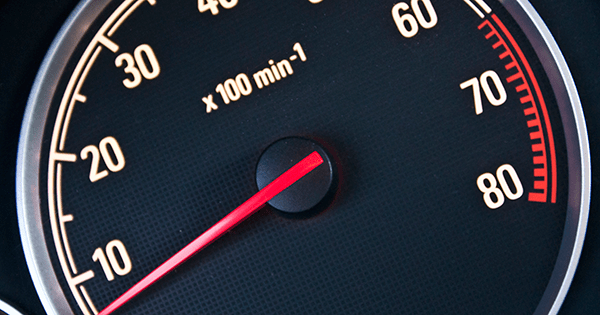Stay connected
Subscribe to our fleet blog and follow us on social media to receive all our fuel and energy industry insights.

As you move through 2017, you may be looking for a number of ways to save a little bit of money for your fleet. While you have plenty of options, don’t overlook the value of anti-idling measures.
Idling can be one of the costliest practices of your drivers. As a fleet manager, it is incredibly important that you find ways to cut this behavior out. According to Green Fleet Magazine, reducing idling is not only an effective way to save money, but it is also relatively easy.
For starters, you can create a no-idling policy for your fleet. Tell drivers to turn their engines off if they pull off the road to make a call, get stuck at a railroad crossing or are simply waiting for any other reason. Turning the engine off and on is more efficient than idling. As you create this policy, however, don’t forget that drivers may have misconceptions about this practice.
With that in mind, education can be a valuable tool as you focus on anti-idling. Green Fleet Magazine suggested training your drivers on best practices and other elements, so they are aware of the costs of idling. Also highlight alternatives to idling that are more efficient and beneficial for the fleet.
Look into anti-idling technologies
Training your drivers isn’t the only solution you have to combat idling in your fleet. According to Government Fleet, there are many technologies out there that actually work in your favor.
For example, the Columbus, Ohio police department has idle management technology on its vehicles. When the idling reaches a set time limit, the engine automatically turns off. This takes the control out of the drivers’ hands. It also allows the fleet to use larger vehicles, because it contributes to fuel and other cost savings that were lost when switching from smaller cars to sport utility vehicles.
Even if your drivers rely heavily on the engine to power electronics and other gear, it is better to turn the vehicle off for several hours, then run it for several minutes to recharge the battery. Technology can automate that practice, so drivers aren’t responsible for judging when their battery will die.
Overall, your fleet can benefit from many tactics to address idling. The behavior itself can be very costly, but that can be avoided with the proper fleet management tactics.
Subscribe to our fleet blog and follow us on social media to receive all our fuel and energy industry insights.